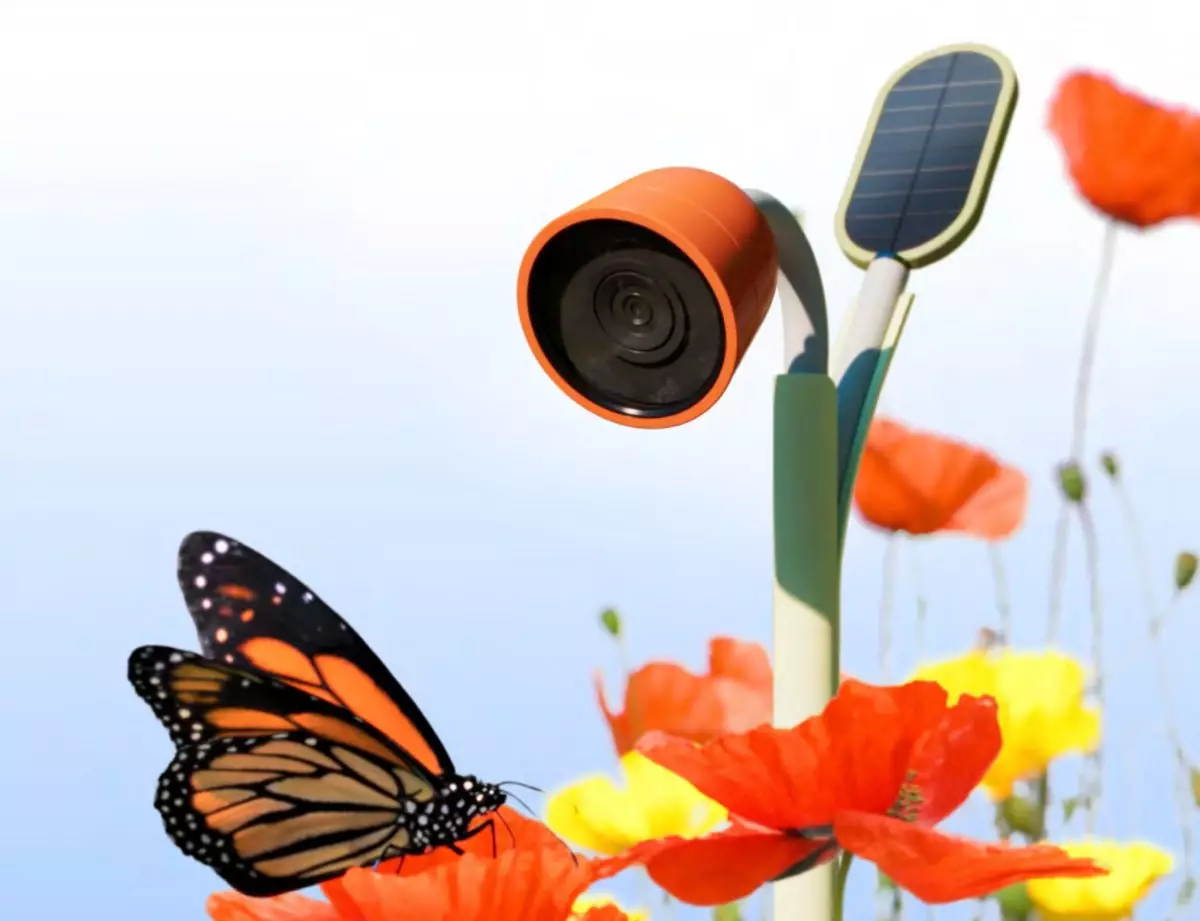In an era where technology intertwines effortlessly with our daily lives, Bird Buddy has emerged as a pioneer in the smart bird feeder market, combining cutting-edge consumer technologies like AI, security cameras, and solar energy. At the recent CES 2025, the startup took a significant step forward in its vision for wildlife interaction by unveiling a new sub-brand named Wonder. This intriguing venture is dedicated to observing and appreciating the often-overlooked world of pollinators, such as butterflies and bees.
Wonder is launching with two innovative products: Petal and Wonder Blocks. The Petal device stands out as an advanced observation tool designed specifically for insects, likened to a trail camera but engineered to capture the magic of pollinators. This device aims to integrate seamlessly into the natural habitat, allowing users to live stream not only the visuals but the rich sounds of nature—be it a butterfly flapping its wings or a flower blossoming while being pollinated by a bee. The introduction of Nature Intelligence, an AI system, enhances the Petal’s capability by interpreting various natural phenomena, effectively transforming how individuals experience and engage with biodiversity.
The Petal’s thoughtful design adds an aesthetic value that is often missing from technological products aimed at nature. Resembling a flower, it features a solar panel designed as a leaf, highlighting its eco-friendly approach while providing energy independence. Furthermore, its flexible stem allows users to stake it securely into the ground or maneuver it to perch on branches, enabling a versatile installation tailored to different environments. This attention to design and utility establishes the Petal as not just a product but an experience, fostering a deeper connection between users and their natural surroundings.
Creating Biodiverse Spaces with Wonder Blocks
The second product, Wonder Blocks, takes a community-oriented approach to promoting biodiversity. It is a modular system comprising plant pots, seed trays, and insect hotels that encourages the creation of vibrant ecosystems. This feature empowers users to design rich habitats that not only attract pollinators but also support a broader range of insects and wildlife. The flexibility of combining components allows for customization, giving users a hands-on approach to engaging with the environment while bringing educational and recreational aspects into their gardening practices.
Anticipating Challenges and Opportunities
However, this innovation raises questions on the impact of technology on wildlife. The incorporation of devices into nature carries a risk of unintended consequences, such as attracting not just pollinators but also potential pests. Despite the challenges highlighted by experiences with Bird Buddy’s bird feeders—where squirrels tend to create havoc—the opportunities presented by such innovations are immense. They promise a more connected understanding of wildlife dynamics, advocating for conservation and measured interactions with our ecosystems.
Wonder is not just an extension of Bird Buddy; it represents a broader shift towards recognizing and valuing the interconnectedness of all species. By combining advanced technology with a passion for nature, it encourages everyone to look beyond traditional views of wildlife, fostering a new perspective on the beauty and necessity of pollinators in our ecosystem.

